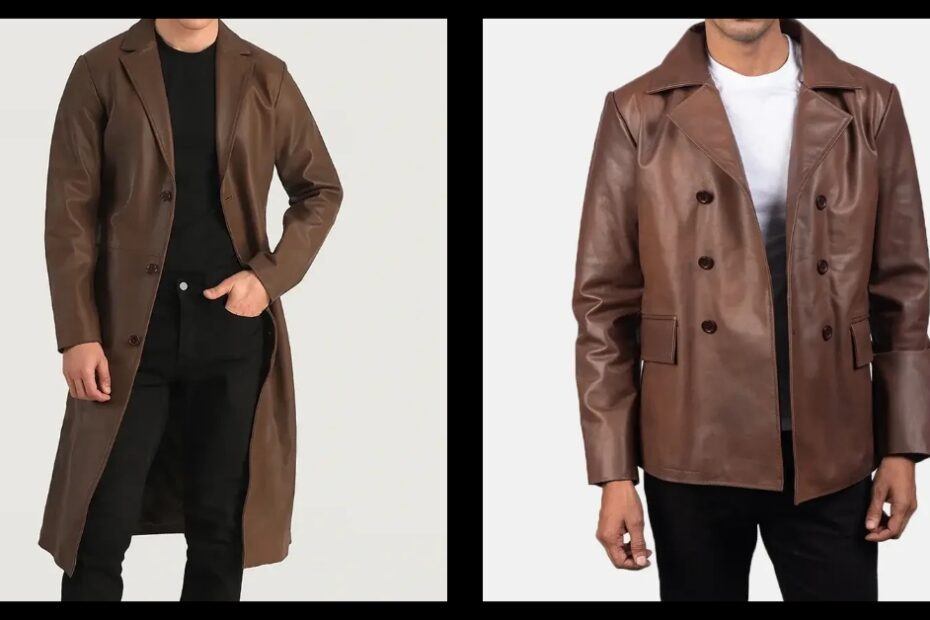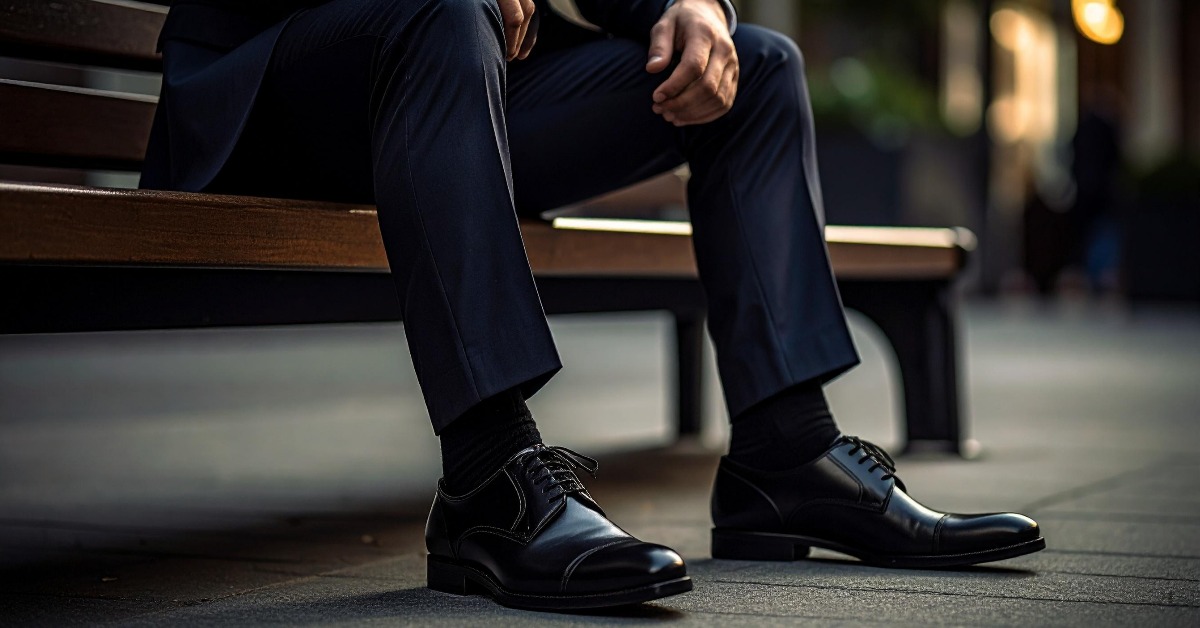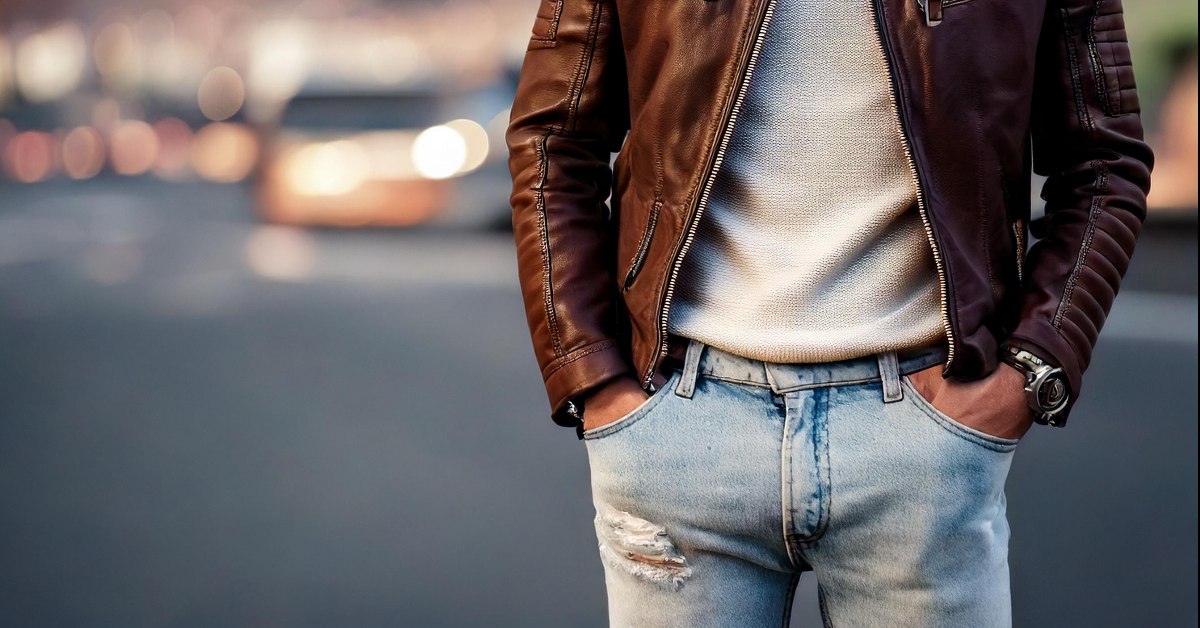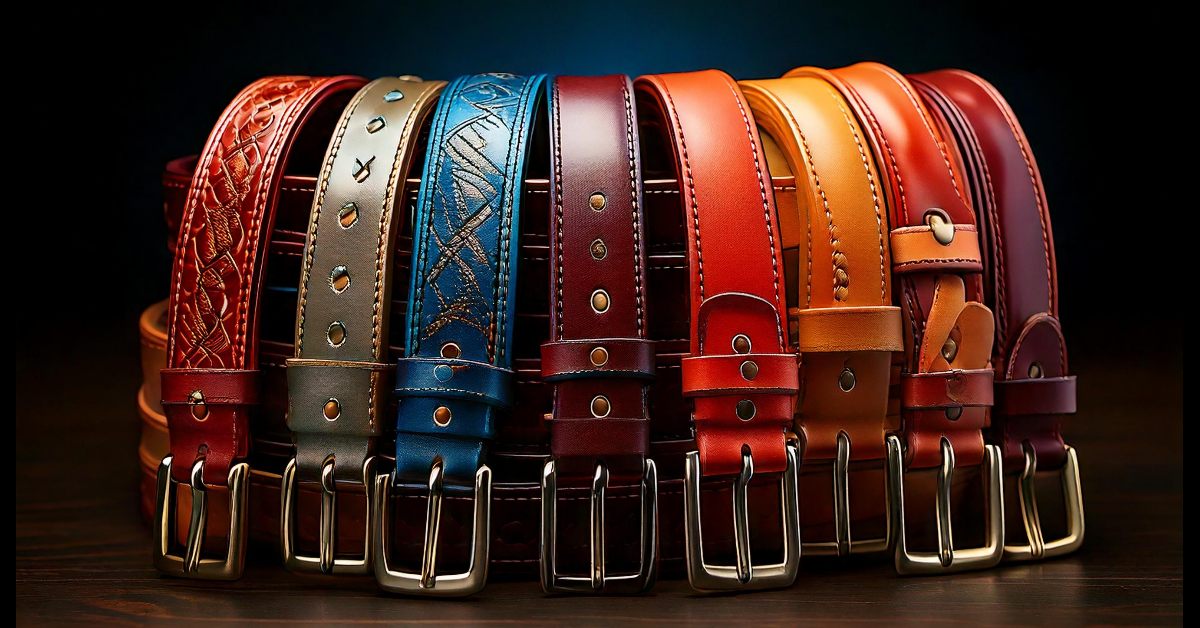Now that winter is approaching, Peacoat vs. Overcoat will be the talk of the town—which is the better choice for you this season? Understanding the general difference between these two classic coats will help you decide whether to take a stroll around the block or get ready for an important event. In this article, we will focus on when and how to wear the peacoat. This piece of content will help you learn how to wear each one, which coat is going to fit you best, keep you warm and looking great, and, most importantly, be versatile!
What To Expect In This Article?
Peacoat vs. Overcoat: Key Differences
If you’re standing in a shop, looking at two coats, and you’re undecided on which one to buy, the first thing you need to understand is the difference between a peacoat and an overcoat. They might look similar at first glance, but they are far from identical.
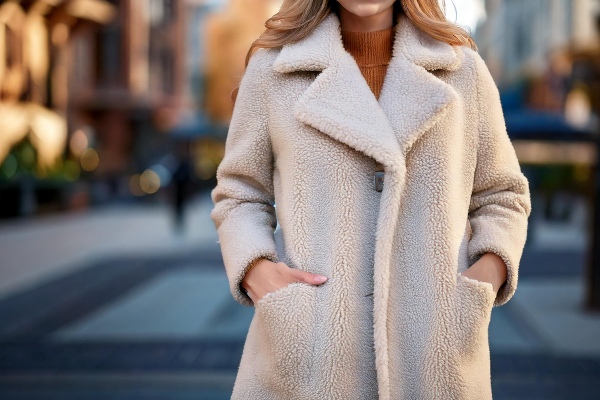
Peacoats and overcoats aren’t just for men—they are also popular choices in women’s winter coats. The peacoat for women offers the same stylish, structured look, while the longer overcoat provides warmth and sophistication. Women’s winter coats come in various fits and styles, making them versatile enough for everything from casual outings to formal events.
What is a Peacoat?
Originally worn by navy sailors, the peacoat is a traditional double-breasted coat. It usually ends just below the hips or mid-thigh and is short to mid-length. The peacoat is a great choice for milder winters or informal outings because it is made of heavy wool and is intended to offer warmth and protection in harsh, cold environments.
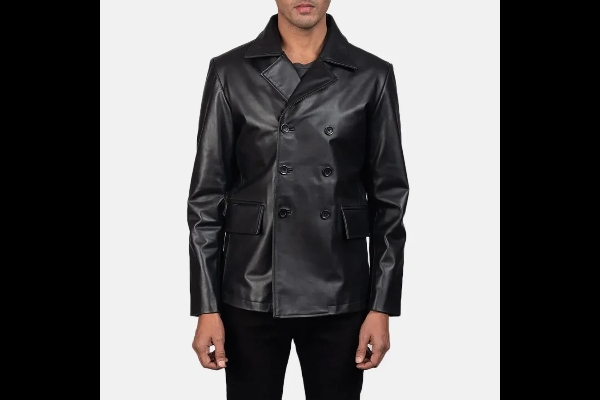
Casual Wear Peacoat: Peacoats are now frequently regarded as multipurpose pieces of outerwear for casual occasions, providing a crisp, structured appearance without being unduly formal. They complement both street style and casual winter ensembles, and they are excellent for layering. If you’re searching for a more adaptable outerwear option, a leather jacket can also be a fantastic substitute for something edgier and fashionable.
What is an Overcoat?
What is an Overcoat? A longer, more formal piece of winter outerwear, typically reaching the knee or even the ankle. Overcoats are a mainstay of winter formal wardrobes because they are designed to be worn over business suits, blazers, or even sweaters. In order to stay warm during the coldest months, overcoats are typically made of heavier materials like cashmere or wool.
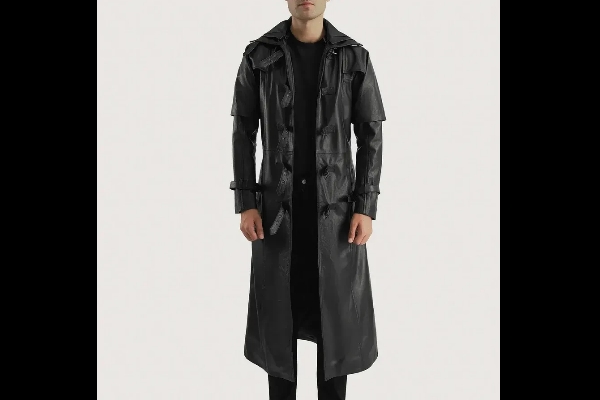
In addition to peacoats and overcoats, leather trench coats for men provide a stylish, durable alternative to peacoats and overcoats. With a sleek, polished look and the rugged appeal of leather, they offer versatility for both formal events and casual wear. If you want a coat that adds edge while keeping you warm, a leather trench coat is a great winter option.
Overcoats for Formal Occasions: Overcoats are perfect for formal events, particularly when worn over a suit or tuxedo. They can even serve as office-appropriate men’s winter coats, giving you a warm and fashionable professional look. Consider men’s leather coats a more opulent and fashionable formal ensemble if you’re feeling adventurous.
Peacoat vs. Overcoat: Which One Is Warmer?
You might be asking yourself: Which is warmer, a peacoat or an overcoat?
Overcoats are typically warmer due to their longer length and heavier construction. However, this depends on the type of fabric and material being used.
Wool Peacoat vs. Wool Overcoat
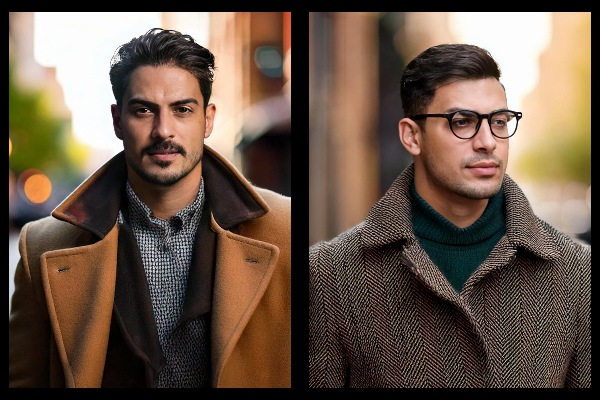
Because it covers more of your body, including your legs, an overcoat typically offers more insulation than a wool peacoat. Nonetheless, peacoats do have their advantages—they are often made from dense, high-quality wool that provides ample warmth in relatively milder winter weather, particularly when worn over layers. Suppose you want to endure chilling temperatures or are planning to wear your coat as an outfit in winter conditions during a snowstorm. In that case, you are probably letting an overcoat is more appropriate. Nevertheless, if you are looking for a stylish yet warm coat that won’t put you at risk of overheating, you’ll more than likely appreciate the usability of a peacoat.
How to Wear a Peacoat
We’ve answered the important question of “What is a peacoat?” so let’s take a step back and talk about how to wear a peacoat. It’s one thing to own a peacoat, but it’s another thing to wear a peacoat with confidence.
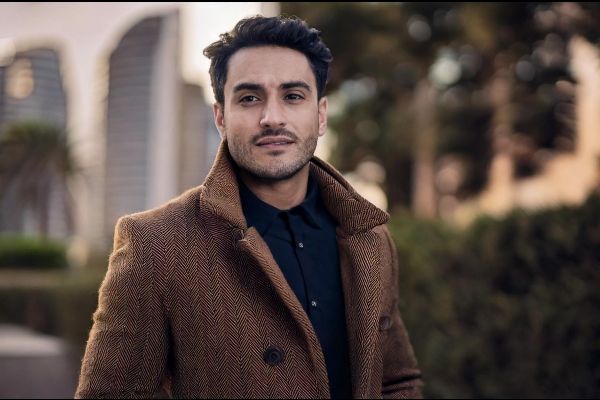
Styling Tips for a Peacoat
- Peacoats and Casual Pieces: Peacoats go very well with casual attire. We advise dressing in fitted pants, such as chinos or slim-fitting jeans. If you want a more laid-back, street-style look, you can also wear a hoodie or chunky knit underneath the peacoat. This will create an intelligent, classic, but functional winter capsule wardrobe.
- Layering Is Key: A peacoat is one of the many items in a winter wardrobe that can be layered. Cozy sweaters and a casual scarf can add flair and warmth. Choose leather boots or even Chelsea boots to finish the look with a little flair.
- Avoid Overdressing: Since a peacoat is inherently casual, avoid pairing it with overly formal pieces, like dress shoes or suits. Instead, go for something like a well-tailored jacket or even a sweater and trousers combo.
How Should a Peacoat Fit?
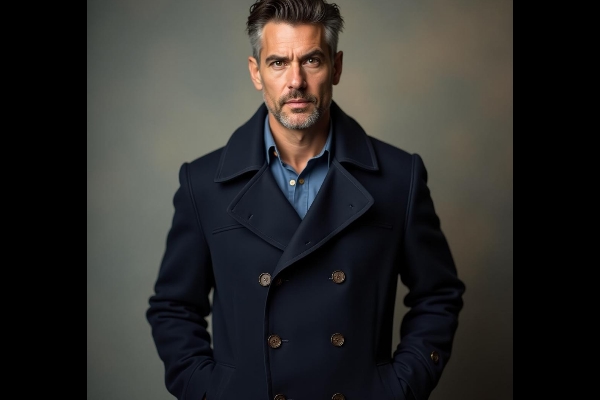
Regarding fit, your peacoat fit should be snug enough to keep you warm but not so tight that it impairs your movement. You want the jacket to follow the contour of your body while still leaving enough space for layering underneath. The shoulder fit should feel comfortable, and the length of the coat should sit at or slightly below your hip.
The Key Points for a Perfect Peacoat Fit:
- Length: The ideal length for a peacoat is just about mid-thigh, but depending on the cut, some might fall below the waist with a modern silhouette.
- Shoulder Fit: In a quality peacoat, the coat should fit snugly over the shoulder. If it’s too tight, you won’t be able to move comfortably, and if it’s too loose, it will look sloppy.
- Sleeve Fit: Your sleeves should hit just above the wrist, leaving enough room for your wristwatch or bracelet to peek through.
How to Wear an Overcoat
Now, let’s turn to the overcoat and explore how to wear it in a way that fits seamlessly into your wardrobe.
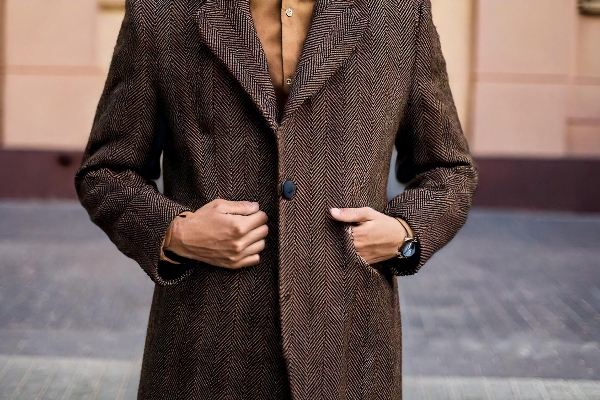
Styling Tips for an Overcoat
- Formal Occasions: The overcoat is fantastic for formal occasions. It pairs nicely with your business suit or tuxedo while keeping you warm and looking sophisticated. Make sure to select an overcoat that is structured so that you maintain a crisp, finished look over your suit.
- Layering: Overcoats are meant to be layered so that you can wear them over your suit and a heavyweight sweater. The length of the overcoat allows for enough room to layer the extra clothes underneath.
- Footwear: Overcoats are best paired with dress shoes or leather boots. However, a pair of Chelsea boots in a sleek, fashionable style can also pair nicely with the entire outfit.
- Accessorize: Overcoats also allow you to have fun with stylish scarves and hats. A wool scarf in a neutral color, such as grey or navy, looks sophisticated with a classic overcoat. Just don’t go overboard with what accessories you layer on your overcoat! Keep it simple and fashionable.
How Should an Overcoat Fit?
The fit of your overcoat is critical, as it should provide enough room to layer without looking oversized or baggy.
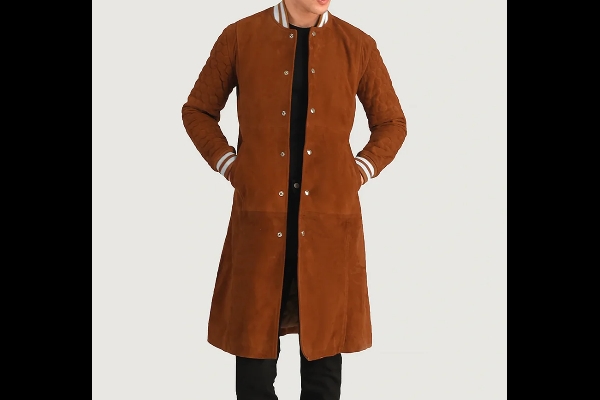
- Length: An overcoat should ideally hit at or just below the knee. For a traditional look, choose a longer, ankle-length overcoat, but for a more modern style, a knee-length version will suffice.
- Shoulders: Similar to the peacoat, the shoulders of an overcoat should fit comfortably, especially since you’ll likely be wearing layers underneath. Make sure the coat isn’t too tight across your chest, as this will restrict your movement.
- Sleeve Fit: The sleeves should end just above your wrist, allowing your cuffs to peek out for a polished look. Make sure the sleeves have enough room to accommodate a sweater or suit sleeve underneath.
- Room for Layering: One of the best features of an overcoat is its ability to accommodate layers. You’ll want to ensure that your overcoat fits comfortably over your suit, blazer, or sweater without feeling too tight or restrictive.
Are Peacoats in Style?
Certainly, peacoats are still fashionable! Although peacoats have a military past, they have remained a fashion staple. The classic, double-breasted peacoat design provides warmth as well as style, which is why they are popular in smart casual and semi-formal dressing.
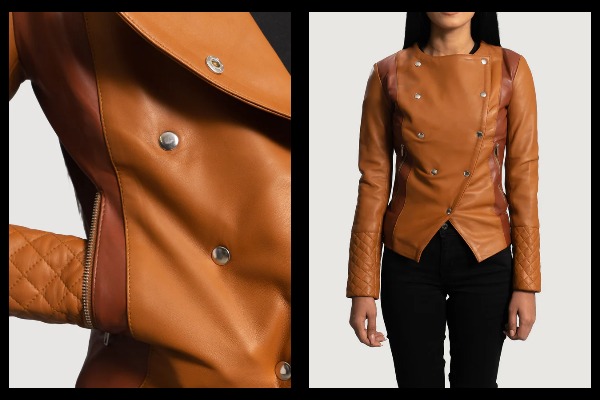
No matter you wear it with jeans, chinos, or even a sweater, a peacoat can be worn in a versatile way for many occasions. Its classic appeal ensures that they are worn season after season, and they are a favorite to those who appreciate style and function.
What to Wear Under an Overcoat
It’s important to feel comfortable layered underneath an overcoat while still being attentive to style. These are a few things that could feel comfortable under an overcoat:
- A Suit or Blazer: For formal occasions or the office, a well-fitted suit or classy blazer under an overcoat makes a great formal look.
- A Sweater or Turtleneck: A more casual yet sophisticated option is to wear a wool sweater or chunky turtleneck underneath the overcoat. These will keep you warm as well without losing style!
- Shirts: If you want a more casual or semi-formal look, you can wear a button-down shirt or casual shirt with trousers or jeans under the overcoat.
The key is to ensure that your layers underneath aren’t too bulky, as this will help maintain the clean, structured silhouette of your overcoat.
Peacoat vs. Overcoat: Pros and Cons
While both peacoats and overcoats are stylish winter essentials, each comes with its own set of pros and cons.
Pros & Cons of Peacoats
Pros:
- Excellent for everyday use, particularly in informal situations.
- Thanks to its wool construction, a peacoat can keep you quite warm in chilly but not freezing weather.
- The classic double-breasted design has remained in style for decades.
Cons:
- The peacoat may not be as effective as its longer counterpart if you’re searching for something to protect you from a blizzard.
- In general, this is not the type of coat you’d want to wear for a very formal occasion.
Pros & Cons of Overcoats
Pros:
- Overcoats are ideal for more formal settings, like office meetings or dinner parties.
- Offers more coverage and insulation during cold winters.
Cons:
- Depending on how they fit, overcoats can feel heavy and restrictive, especially if you don’t wear them with the right layers.
- Generally speaking, overcoats are too formal for casual settings.
Peacoat vs. Overcoat: Styling Tips
When it comes to styling these two coats, the key lies in understanding the situation.
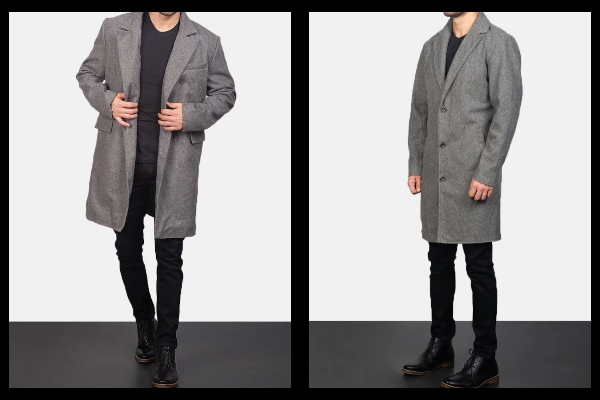
Styling a Peacoat:
- For casual events, a peacoat can effortlessly be worn with a sweater or turtleneck, and the look can be finished with some sleek boots and dark jeans. You will feel fashionable, functional, and ready for the streets.
- For Office Wear: Worn with smart chinos and a button-down shirt, a peacoat is also perfectly work-appropriate. To offer an urban yet business-like finish, pair it with the best leather boots.
Styling an Overcoat:
- For formal winter outerwear, overcoats are an excellent option for a dressy occasion. Wear it over your finest suits and sports jackets. And for all-out winter, leather boots are the only option.
- Layering: An overcoat has all the layering space you will need so you, too, can enjoy the comfort of a chunky sweater and wear your scarf and gloves while not sacrificing your style.
FAQs
Yes! In fact, wearing an overcoat over a blazer is one of the most stylish and practical ways to keep warm in the winter. It is the right mix for an outerwear winter formal look.
Absolutely. Although overcoats are formal wear, it is easy to dress them down with jeans and sweaters, especially if you purchased them in a more relaxed fit.
An overcoat generally goes down to the knee and even the ankle, while a peacoat will generally be at the hip or mid-thigh.
Your needs will determine that. If you want something that you can wear to both formal and informal events, the casual peacoat is a more versatile option. On the other hand, an overcoat will be the most adaptable item if you are concentrating on dressing for formal events.
In conclusion, each piece of clothing, including overcoats and peacoats, has a special place in an extensive winter wardrobe. If you want a stylish, casual look that pays homage to military history, the peacoat is your best bet. But if you need something that can carry you from formal events to professional settings, the overcoat will help you both literally and figuratively.
It all boils down to selecting the right coat for the circumstance. Whether you opt for the structured peacoat or the traditional overcoat, keep in mind that, like the weather, style is what you make of it.

